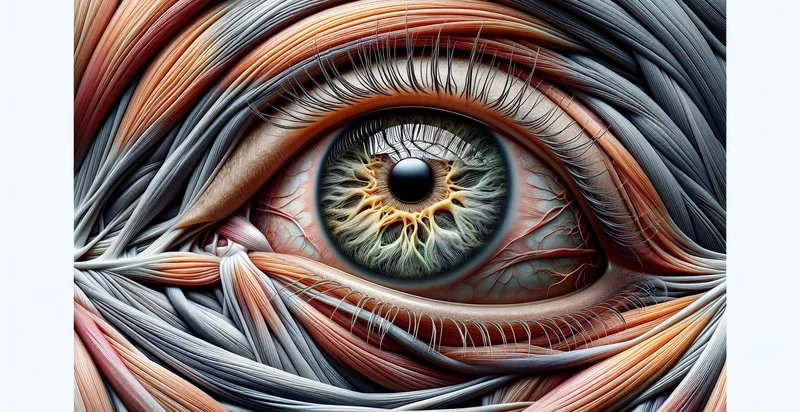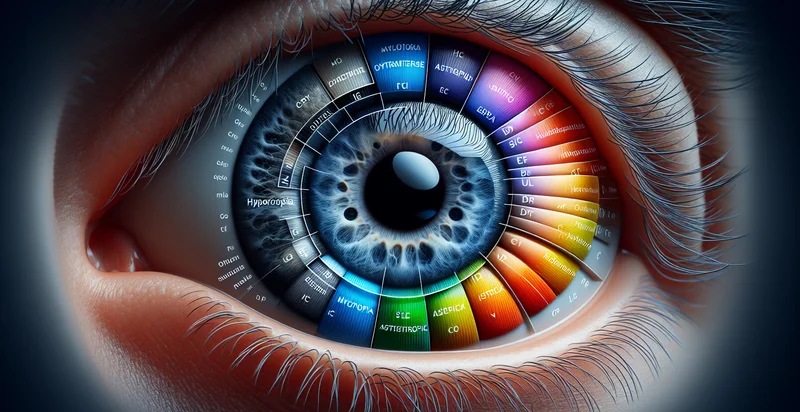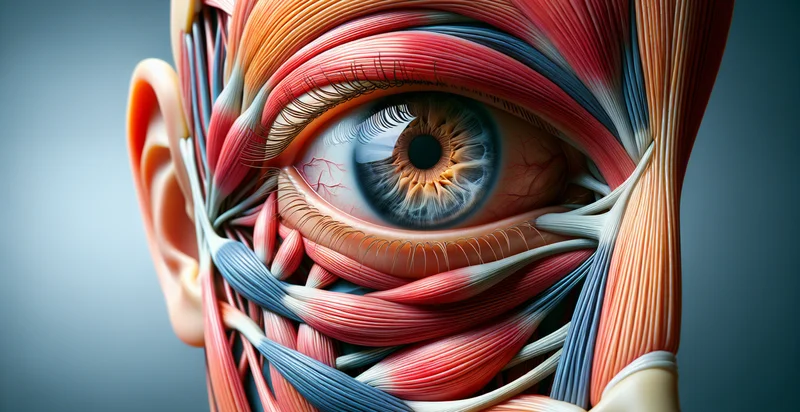Identify eye muscle tone
using AI
Below is a free classifier to identify eye muscle tone. Just upload your image, and our AI will predict the tone of eye muscles. - in just seconds.

Contact us for API access
Or, use Nyckel to build highly-accurate custom classifiers in just minutes. No PhD required.
Get started
import nyckel
credentials = nyckel.Credentials("YOUR_CLIENT_ID", "YOUR_CLIENT_SECRET")
nyckel.invoke("eye-muscle-tone", "your_image_url", credentials)
fetch('https://www.nyckel.com/v1/functions/eye-muscle-tone/invoke', {
method: 'POST',
headers: {
'Authorization': 'Bearer ' + 'YOUR_BEARER_TOKEN',
'Content-Type': 'application/json',
},
body: JSON.stringify(
{"data": "your_image_url"}
)
})
.then(response => response.json())
.then(data => console.log(data));
curl -X POST \
-H "Content-Type: application/json" \
-H "Authorization: Bearer YOUR_BEARER_TOKEN" \
-d '{"data": "your_image_url"}' \
https://www.nyckel.com/v1/functions/eye-muscle-tone/invoke
How this classifier works
To start, upload your image. Our AI tool will then predict the tone of eye muscles..
This pretrained image model uses a Nyckel-created dataset and has 10 labels, including Flaccid, Hypertonic, Hypotonic, Loose, Normal, Relaxed, Spastic, Tense, Tight and Weak.
We'll also show a confidence score (the higher the number, the more confident the AI model is around the tone of eye muscles.).
Whether you're just curious or building eye muscle tone detection into your application, we hope our classifier proves helpful.
Related Classifiers
Need to identify eye muscle tone at scale?
Get API or Zapier access to this classifier for free. It's perfect for:
- Ophthalmic Health Monitoring: This function can be utilized by ophthalmologists to assess and monitor patients' eye muscle tone as part of regular eye exams. By identifying variations in muscle tone, practitioners can detect early signs of conditions such as strabismus or other ocular abnormalities, leading to timely interventions.
- Sports Vision Training: Sports coaches and trainers can incorporate this eye muscle tone identifier to evaluate athletes' visual skills and enhance their performance. By analyzing muscle tone around the eyes, trainers can develop targeted exercises that improve focus and eye coordination, ultimately benefiting precision sports like archery or shooting.
- Telemedicine Applications: As telehealth services evolve, this function can enable remote assessments of patients’ eye health. Healthcare providers can use video consultations to perform preliminary assessments, identifying potential issues related to eye muscle tone without needing to visit a clinic in person.
- Augmented Reality Experiences: Developers of augmented reality (AR) applications can leverage eye muscle tone data to create more immersive experiences. By understanding user eye muscle responses, the applications can adjust graphics or interface elements in real-time, enhancing user interaction and enjoyment.
- Aging and Neurological Studies: Researchers studying aging or various neurological conditions can use this function to collect data on eye muscle tone variations. By analyzing trends over time, they can develop a better understanding of how these conditions affect ocular function and contribute to broader studies in human physiology.
- Cosmetic and Aesthetic Evaluations: Cosmetic practitioners can utilize this eye muscle tone identifier to analyze and plan treatments. By assessing the muscle tone around the eyes, professionals can tailor interventions such as Botox or fillers to achieve natural and aesthetically pleasing results.
- Employee Health and Ergonomics: Companies can implement this eye muscle tone assessment as part of their employee wellness programs. By identifying individuals at risk of eye strain or related issues from prolonged screen time, organizations can promote better ergonomic practices and improve overall workplace health.


